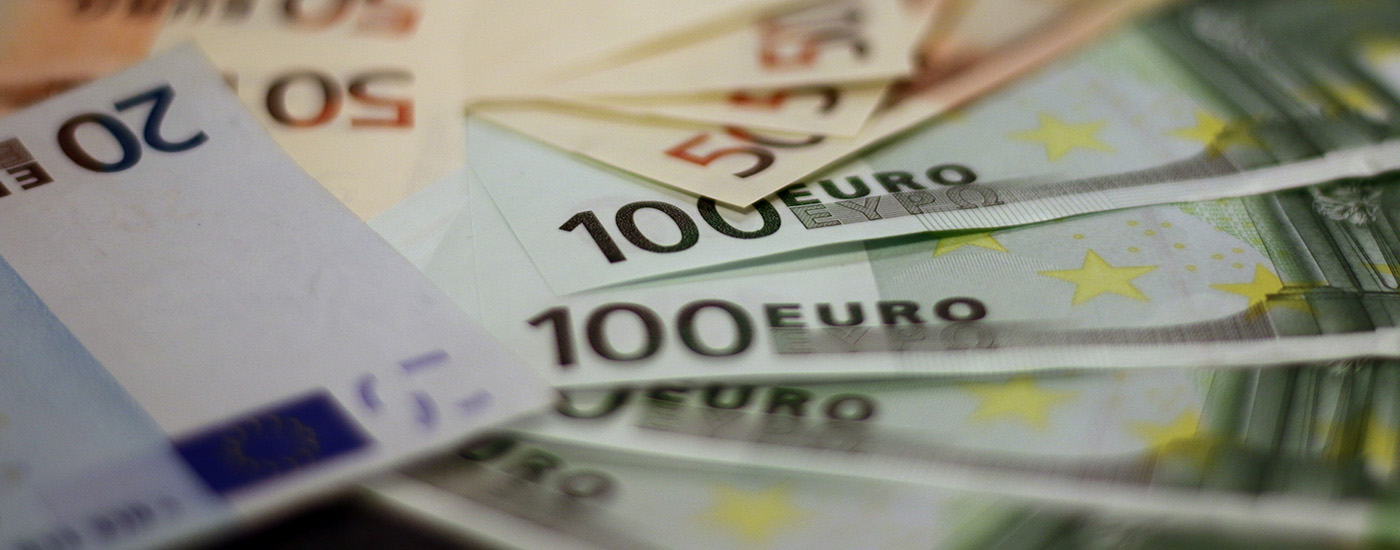Efforts to cut emissions from Europe’s building stock received a major boost as the European Commission said it was considering lowering capital requirements for banks in order to help reward consumers investing in energy efficient buildings.
Speaking at the One Planet summit in Paris last month, Commission Vice-President Valdis Dombrovskis, the Commission’s financial services chief, said the use of private capital was essential to help the EU reduce carbon emissions by 40 per cent by 2030.
He remarked that the Commission is currently considering proposals to lower capital requirements for banks’ green investments, which could provide a major incentive for banks to direct capital towards investment such as energy efficient buildings:
“This could be done at first stage by lowering capital requirements for certain climate-friendly investments, such as energy-efficient mortgages or electric cars.” he said.
The comment comes after WorldGBC’s Europe Regional Network (ERN) and its partners released new researchin October making the case for energy efficient mortgages. These would help banks identify green buildings that also represent a lower credit risk, allowing them to reward those buying or re-financing greener buildings with preferential rates or additional finance.
The research is part of the EU Horizon 2020 funded ‘Energy Efficient Mortgages Action Plan’ (EeMAP). The initiative aims to develop guidance for banks looking to pilot energy efficient mortgage products and collect data on their financial performance. It is hoped that an EeMAP green mortgage pilot beginning in the summer will help provide the Commission and other banking regulators with the evidence base to apply lower capital requirements on loans to greener buildings, and pass on the benefits of this to consumers choosing greener buildings.
While credit rating agencies such as Moody’s have expressed concerns about lowering capital requirements for green assets, the recent EeMAP report ‘A Review of Building Performance Indicators that Impact Mortgage Credit Risk’ demonstrates where green building performance can actively improve the risk profile of an asset. It also looks closely at future regulatory trends in green building that may impact asset value or building assessments in future, a key area of focus for such rating agencies.
Stephen Richardson, the ERN’s Technical Lead for EeMAP said:
“Green mortgages are a hot topic in Europe right now and the vocal support from the Commission is a great incentive for banks and other actors to engage in the pilot phase of the EeMAP initiative. Green Building Councils across Europe are ready to help interested banks and investors navigate the technical and regulatory landscape for green buildings in different national markets, and will be launching a series of market briefs in the spring.”
Recent research from the UK, which has introduced minimum energy standards for the private rented sector, provides strong evidence that using Energy Performance Certificate data could provide lenders with a much more accurate view on household expenditure for their mortgage affordability calculations. According to this research, banks could justify around £4,000 of additional borrowing for homes undergoing a standard energy renovation, based on accurate projected energy savings.
Read more: http://www.worldgbc.org/green-mortgages

